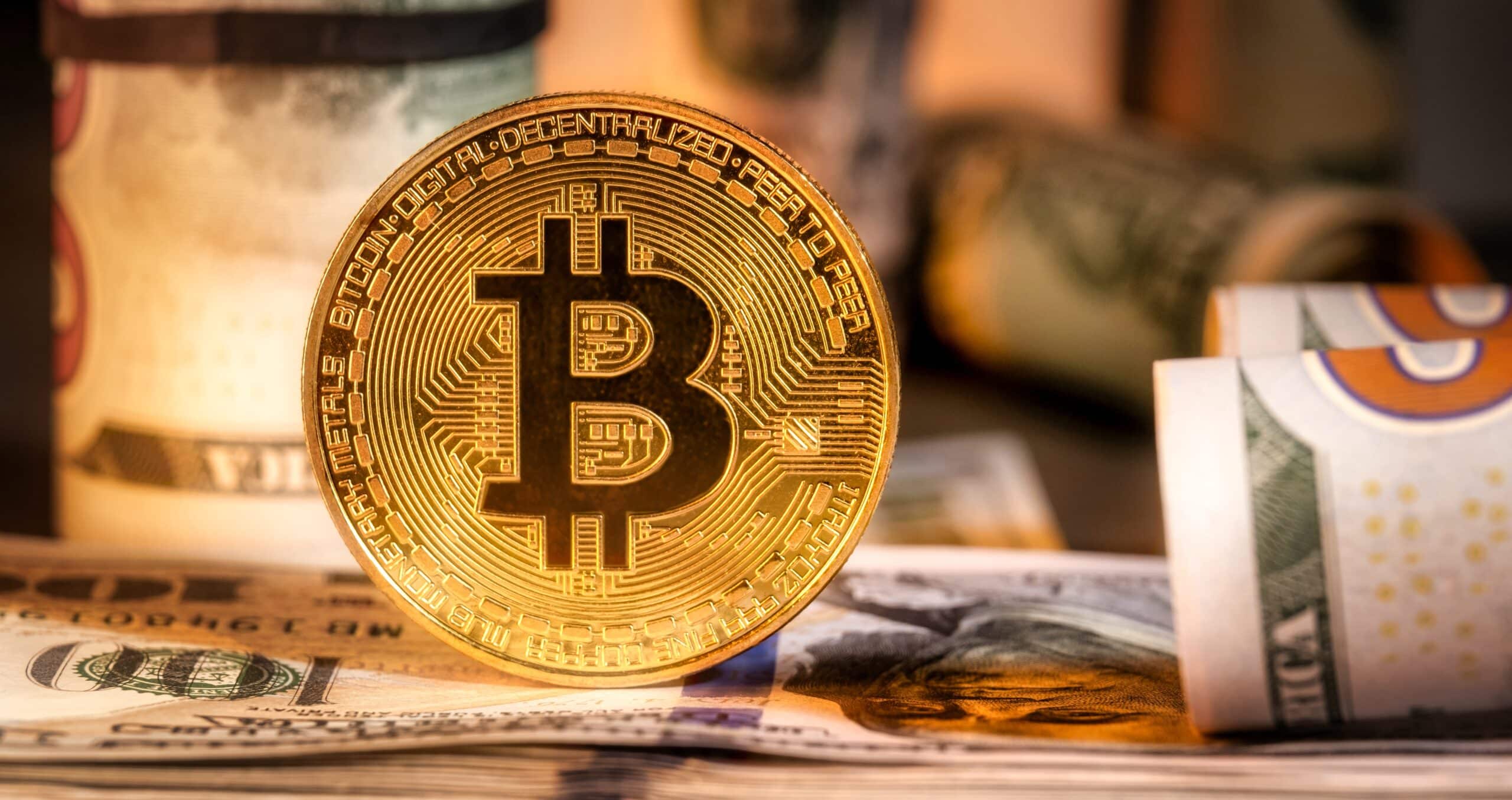Bitcoin miners reaped the rewards of the Runes protocol launch, earning greater block subsidies after the Bitcoin halving.
The highly anticipated halving took place on April 19 at 8:09 p.m. ET, cutting the block subsidy reward paid out to miners down from 6.25 BTC to 3.125 BTC.
While this event should have theoretically slashed Bitcoin miners’ revenue by a significant margin, a surge in the network’s transaction fee instead pushed miner revenue up to a record $107.8 million on April 20, data from Ycharts shows.
Around 75% of this revenue came from transaction fees, according to data from Glassnode, with the average transaction fee hitting a record $127.97, and total revenue earned by miners from fees exceeding $81 million.
Yesterday, Bitcoin transaction fees soared, generating $81.72 million 📈
Explore key metrics of Bitcoin: https://t.co/VwP9vsvrIh pic.twitter.com/4tWsd5lgQc
— Messari (@MessariCrypto) April 21, 2024
The spike in network fees was likely driven by the launch of Runes — a protocol released by Bitcoin Ordinals creators Casey Rodamor, which utilizes Unspent Transaction Output (UTXO) as the foundation to issue fungible tokens on Bitcoin.
Runes allows users to “etch” governance rules and unchangeable attributes, with the option of open or closed minting to create tokens. It was originally aimed at solving the congestion from BRC-20 tokens but the vast number of Runes projects that have been minted shortly after its launch suggest it had the opposite effect.
“Just in the first 18 blocks, there’s been over $20 million in fees spent, most of that in Runes issuance. At this rate, Runes issuers would be spending $150 million a day or $1 billion a week,” commented independent Bitcoin developer Jimmy Song in a blog post.
Before the halving, miners earned a block reward of around 6.5 BTC per block, which included the 6.25 subsidy and some small transaction fees. After the halving, that reward was higher than 7 BTC per block, despite only 3.125 coming from the subsidy.
As of Sunday evening, the average transaction fees on Bitcoin had settled to around 5 to 7 BTC per block — still somewhat matching the levels seen before the halving.
“If the fees fall further, which is not my base case, I expect hashrate in the network to fall. This is a positive for efficient miners. Low energy cost is a bonus,” noted one market analyst on X.



